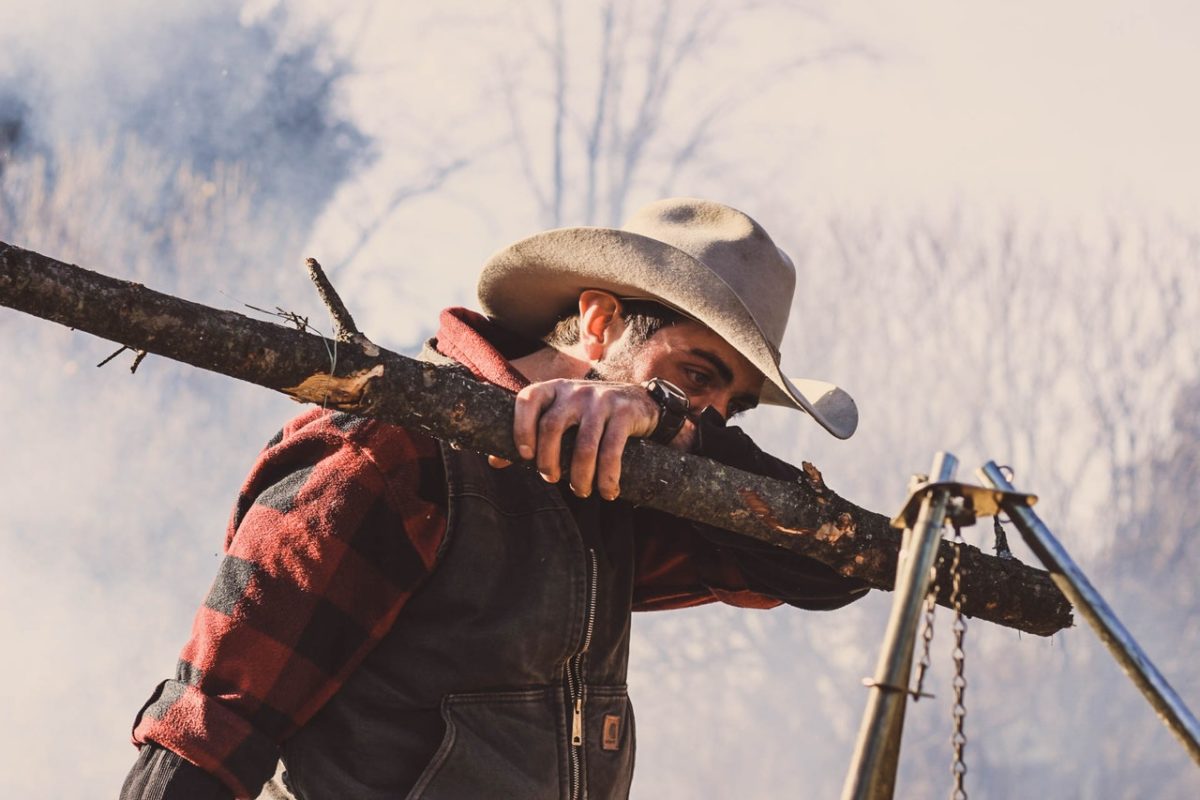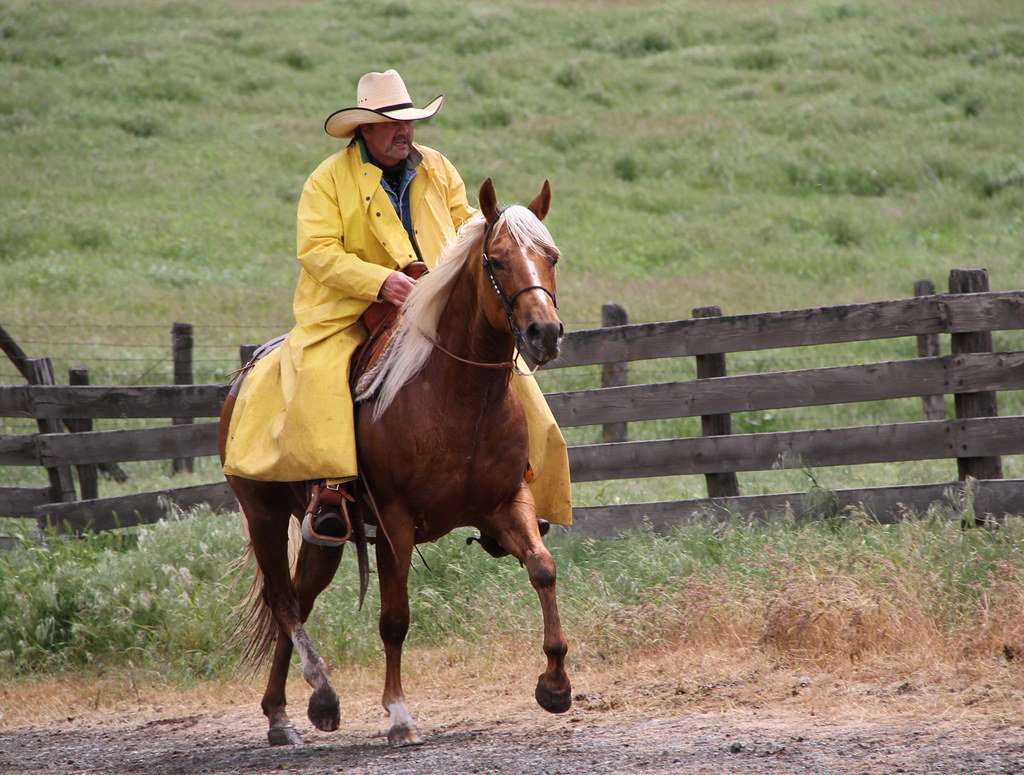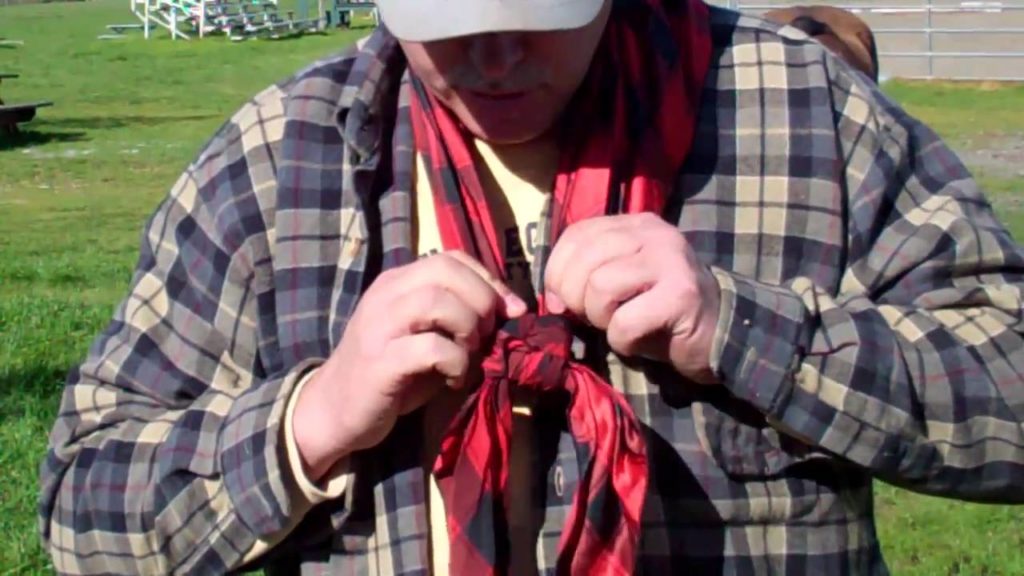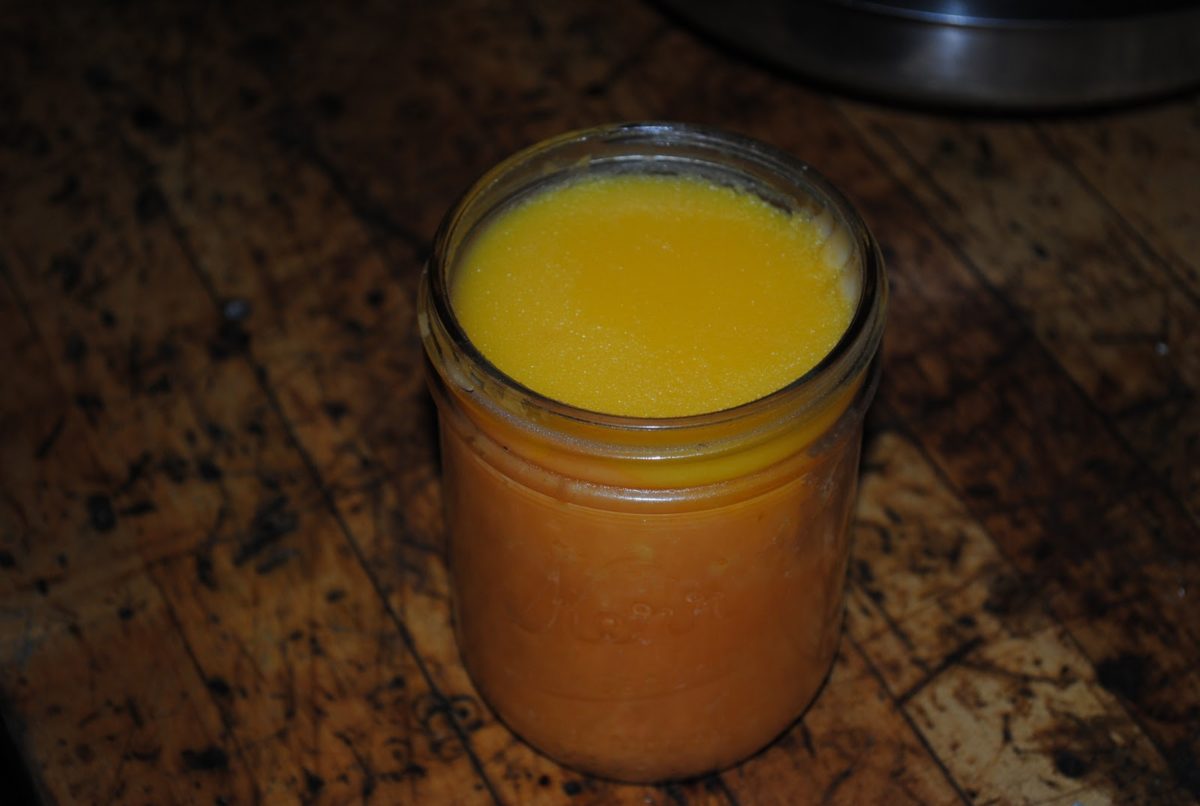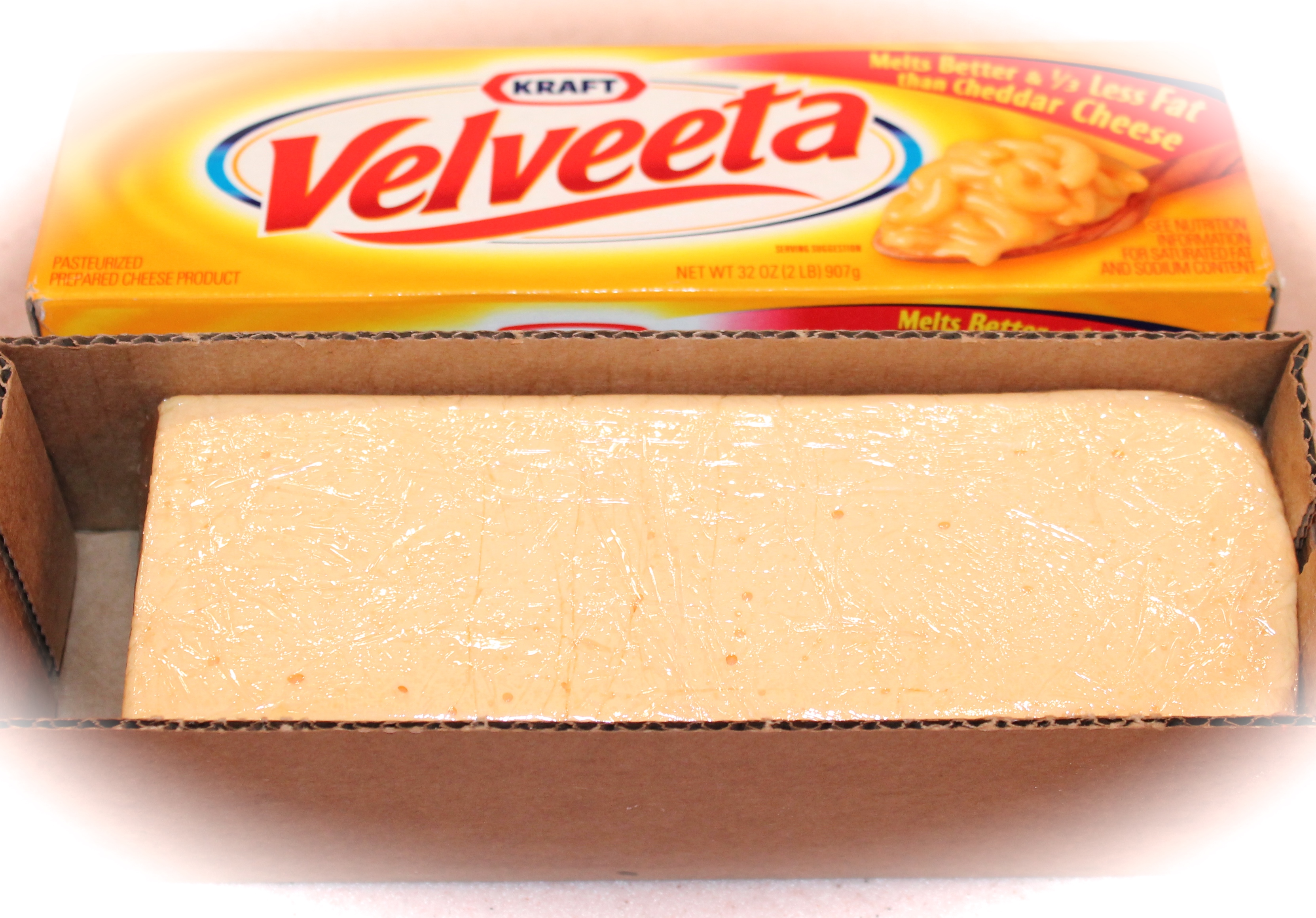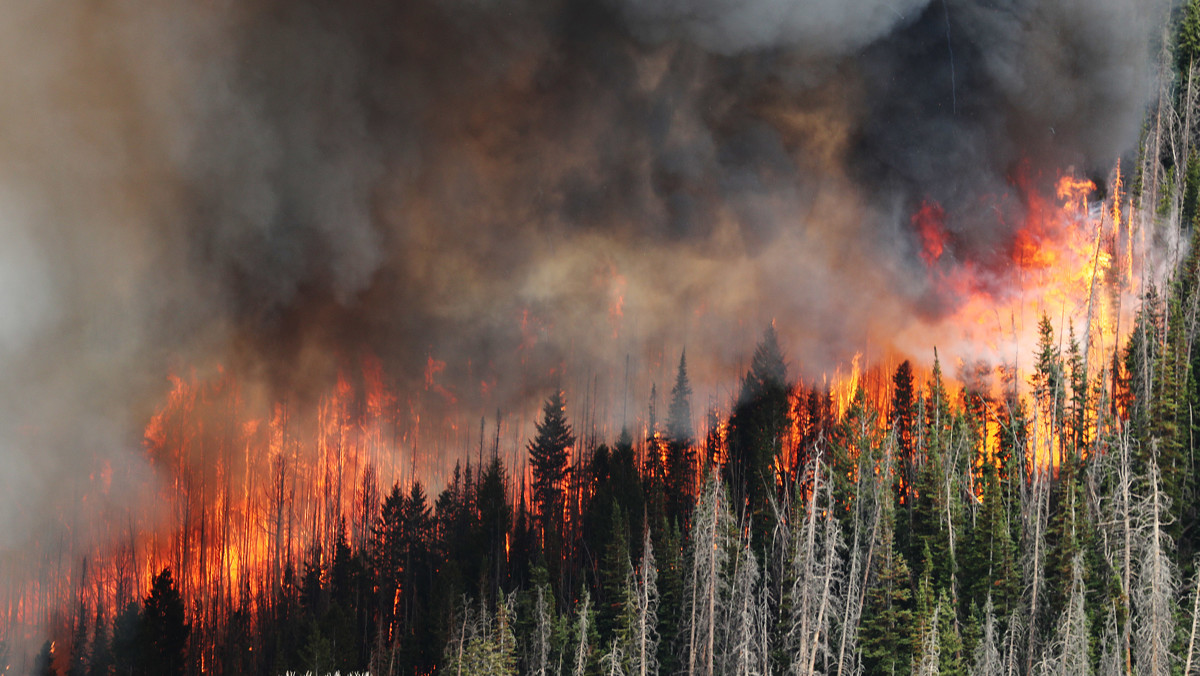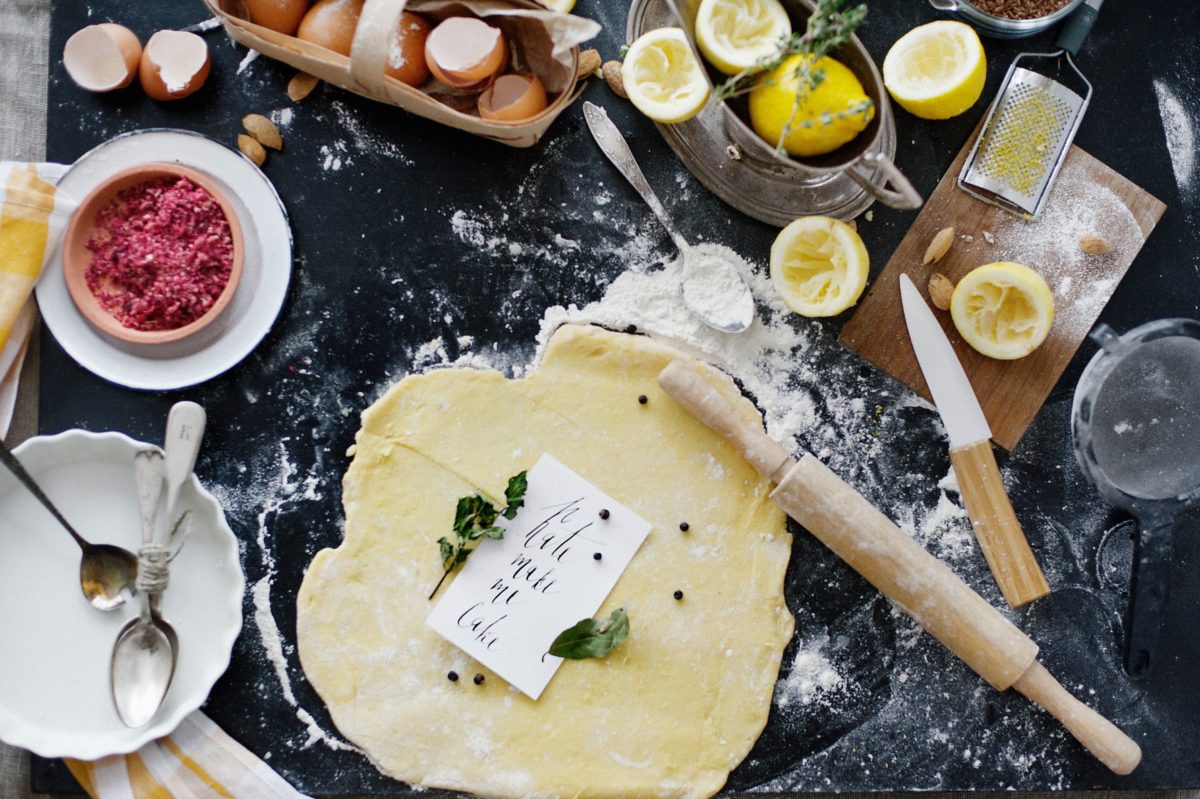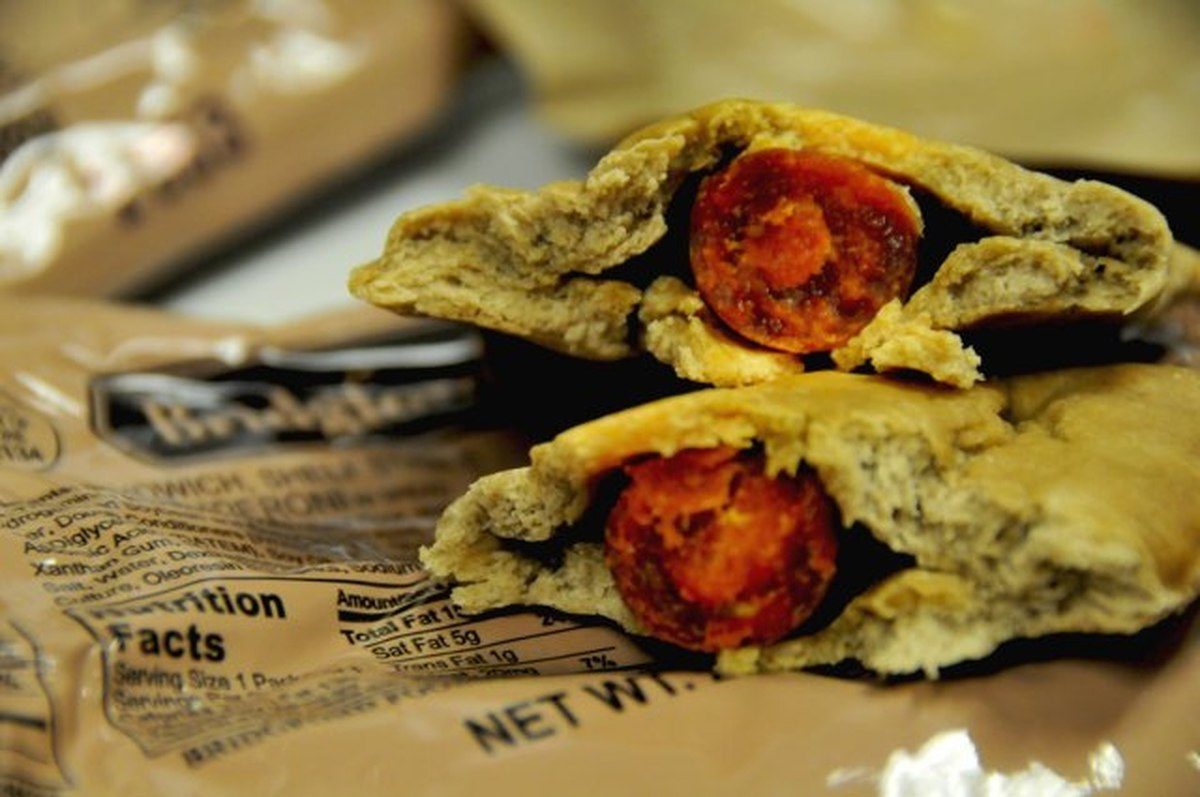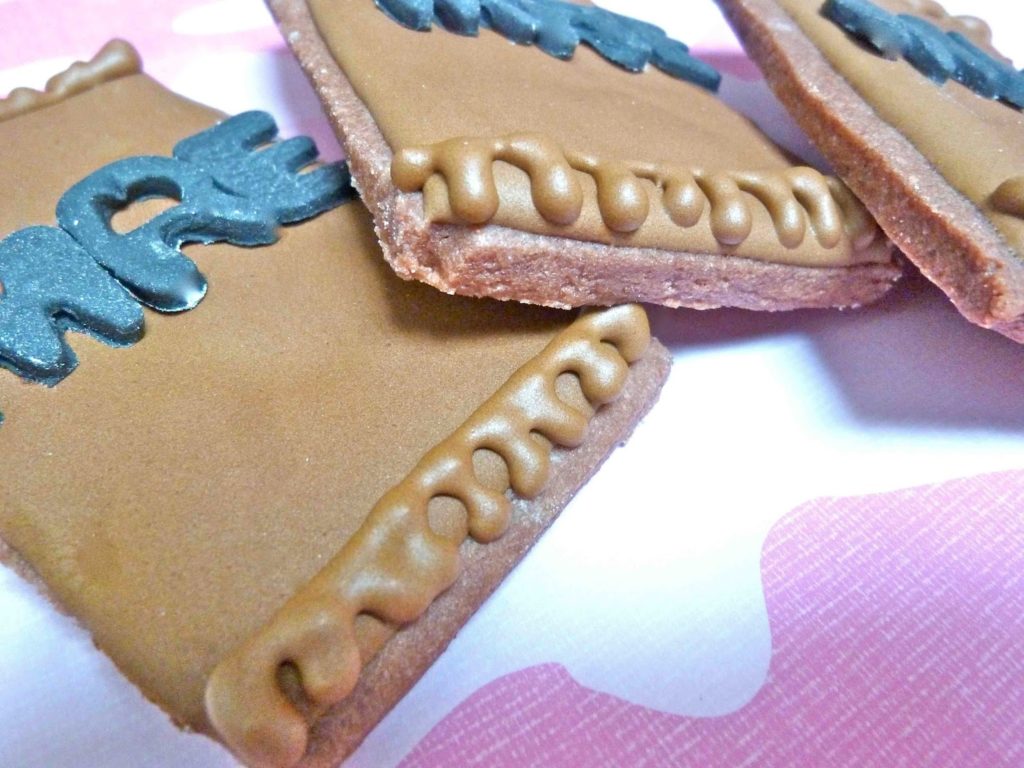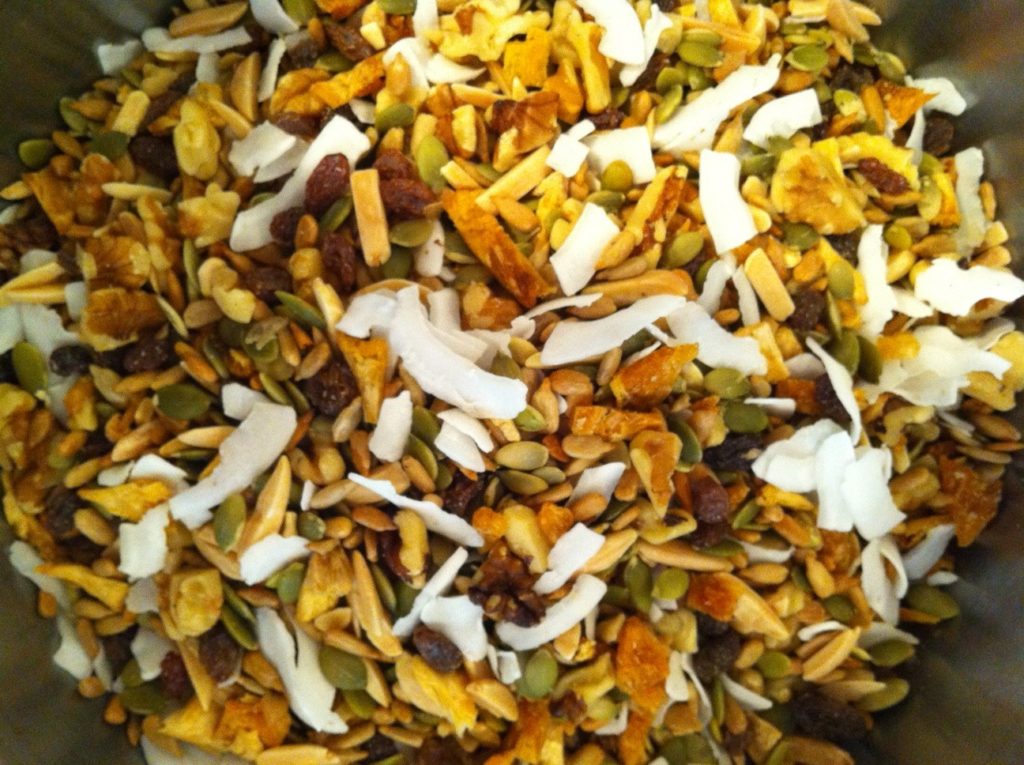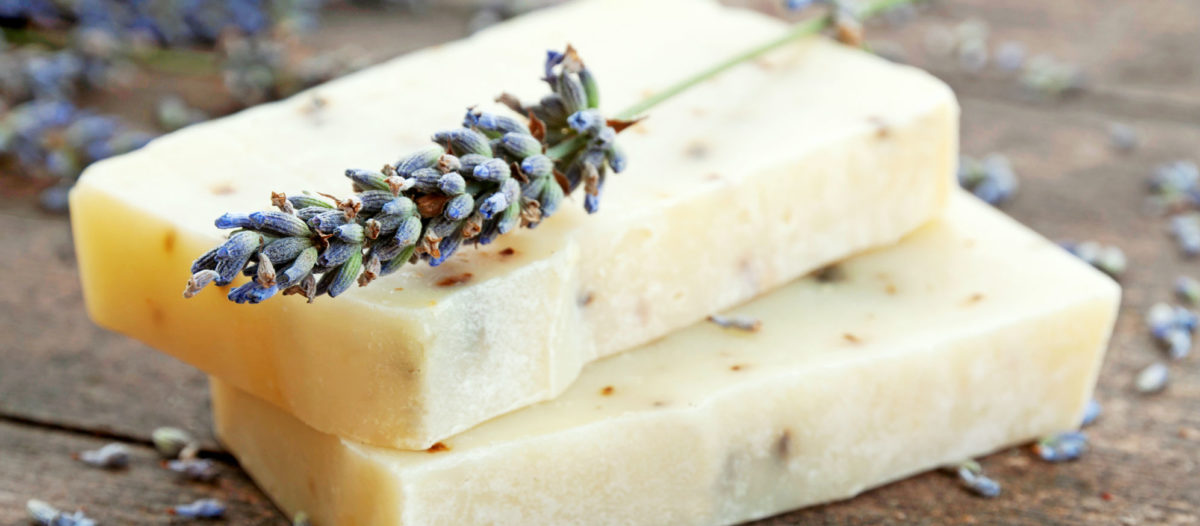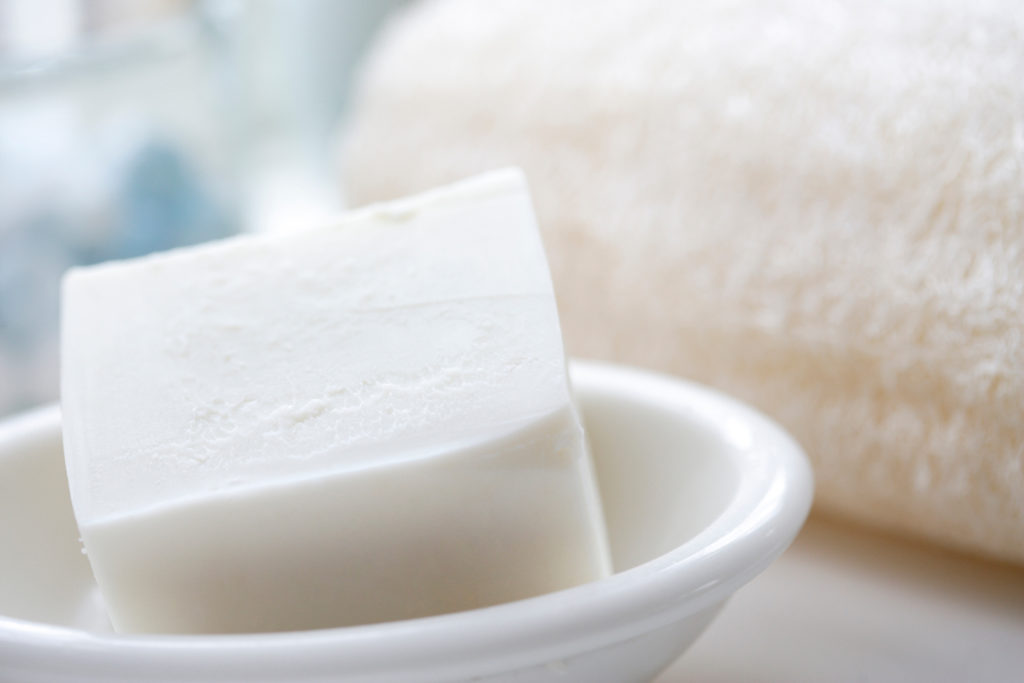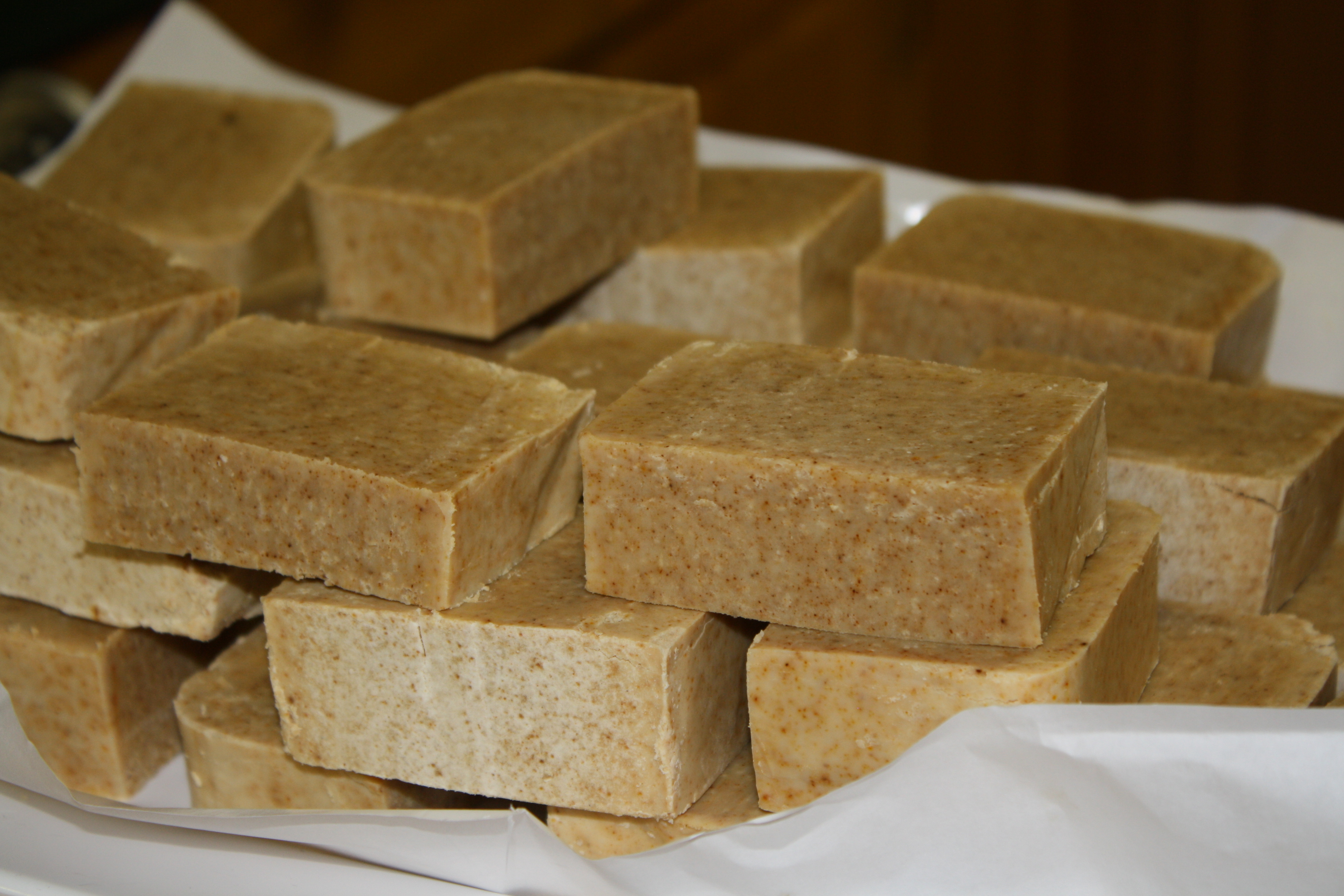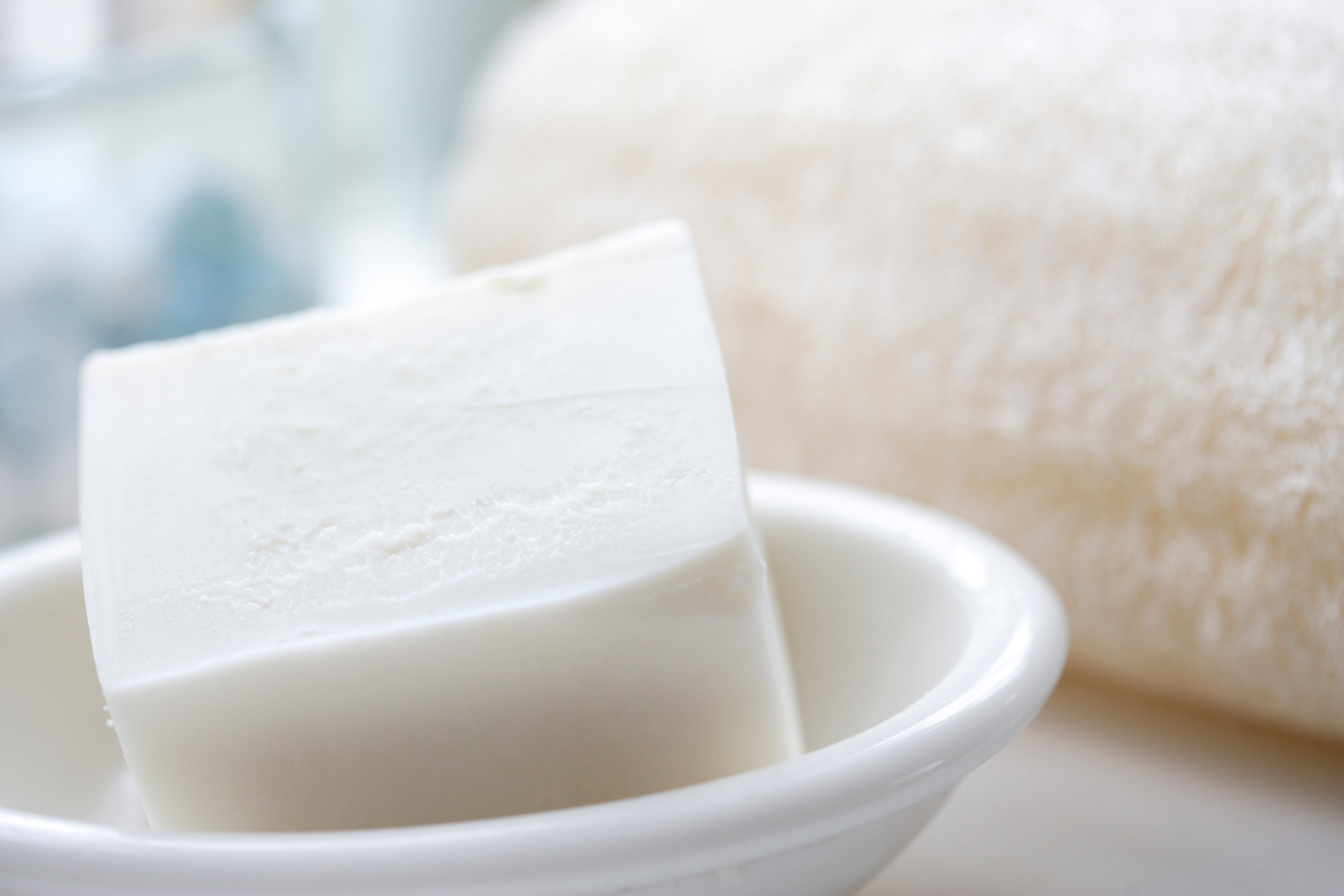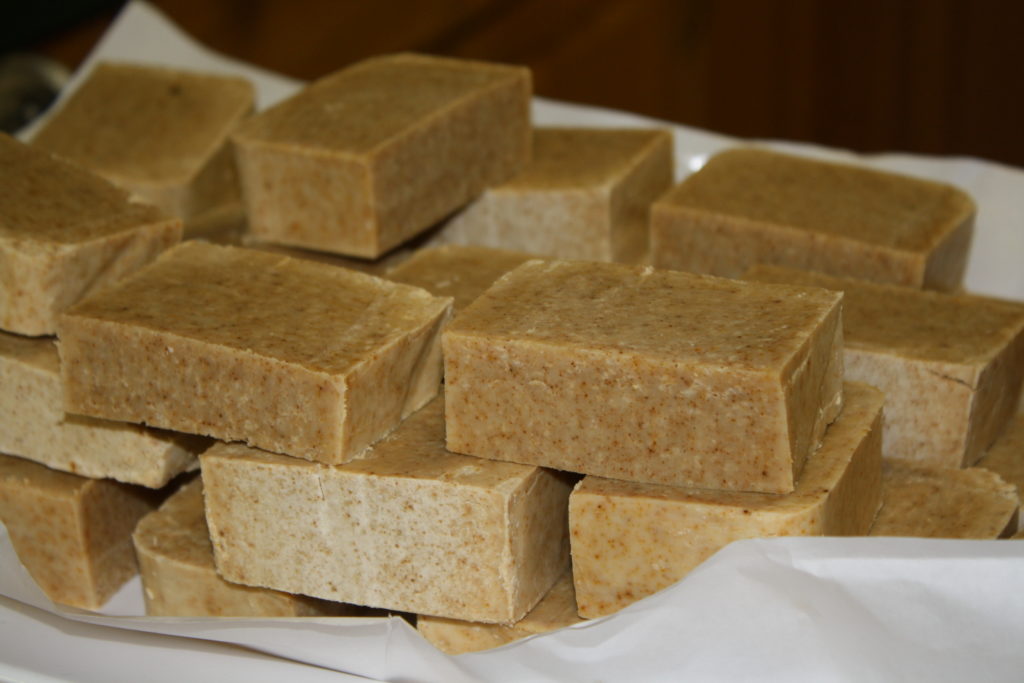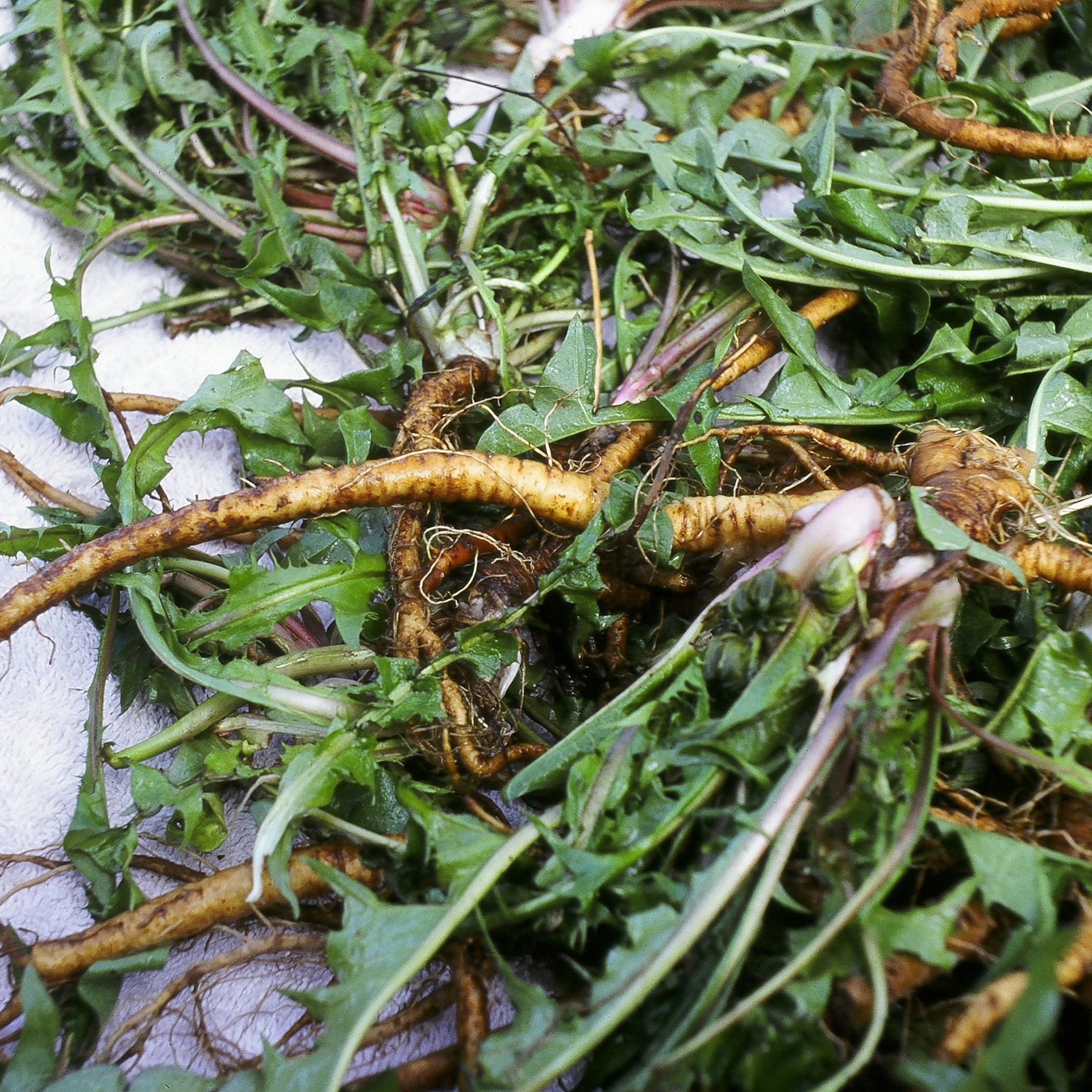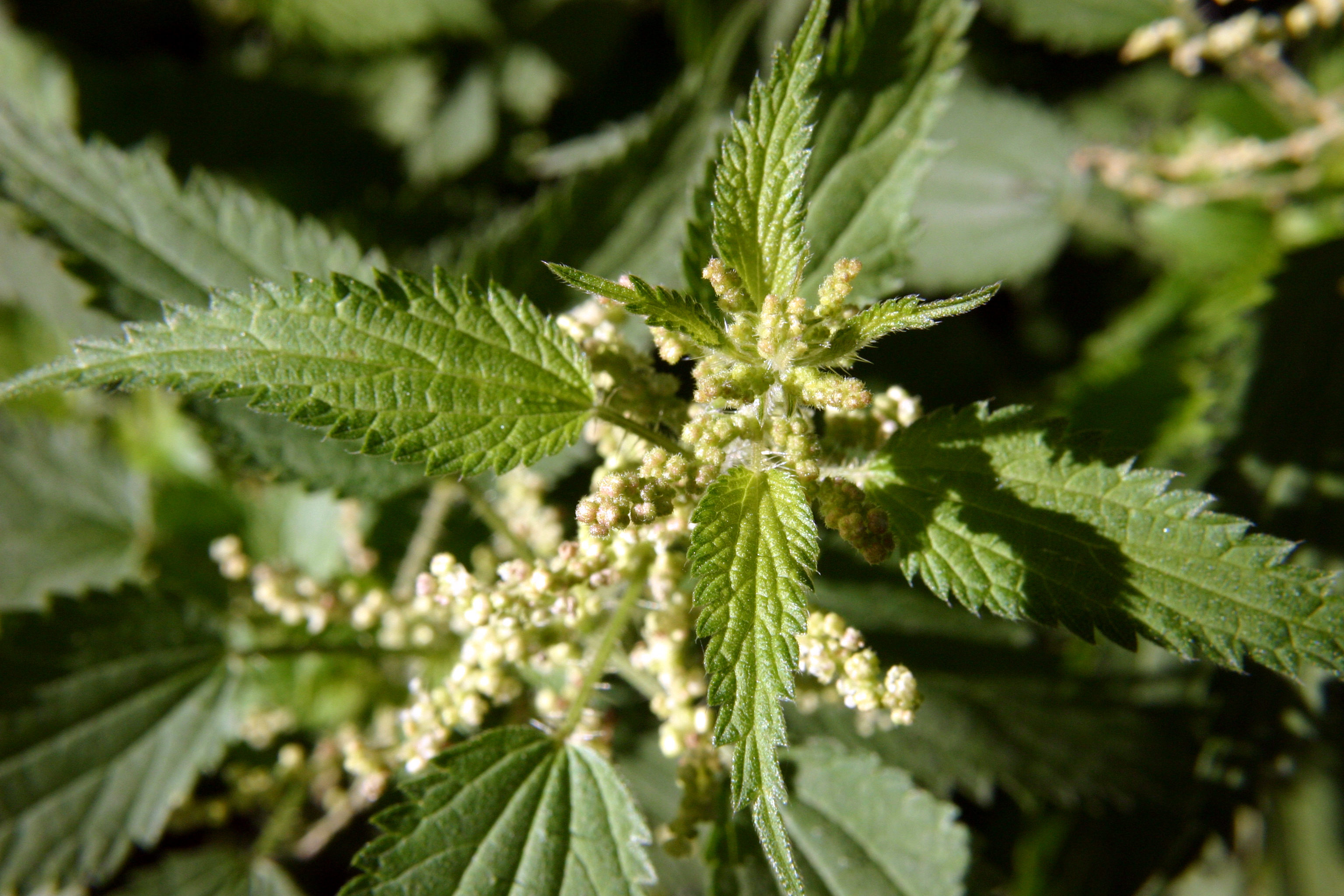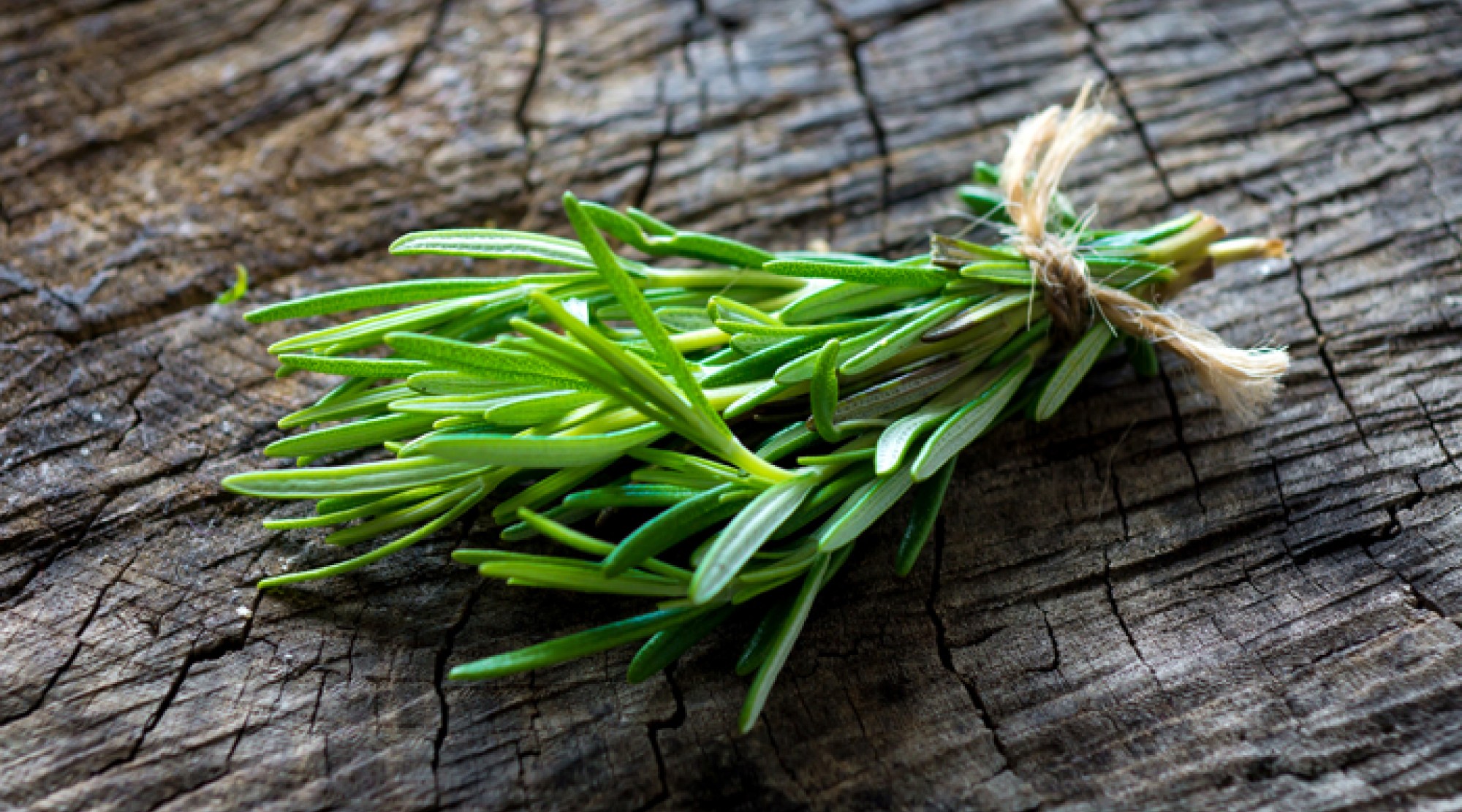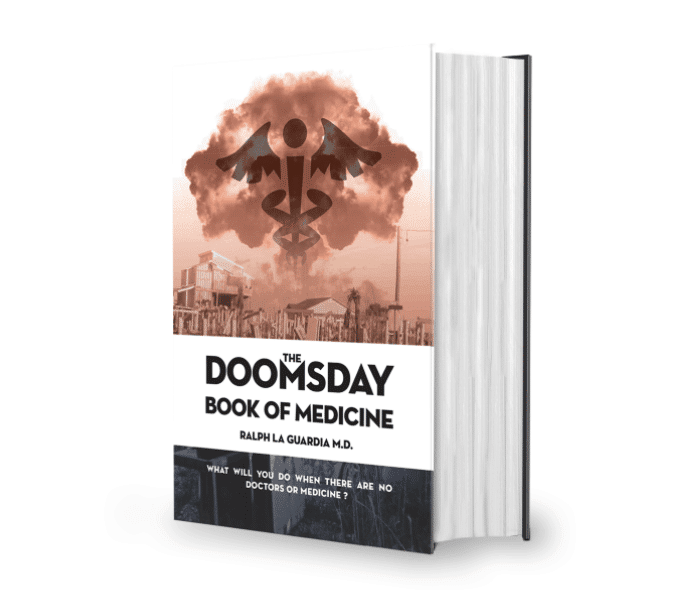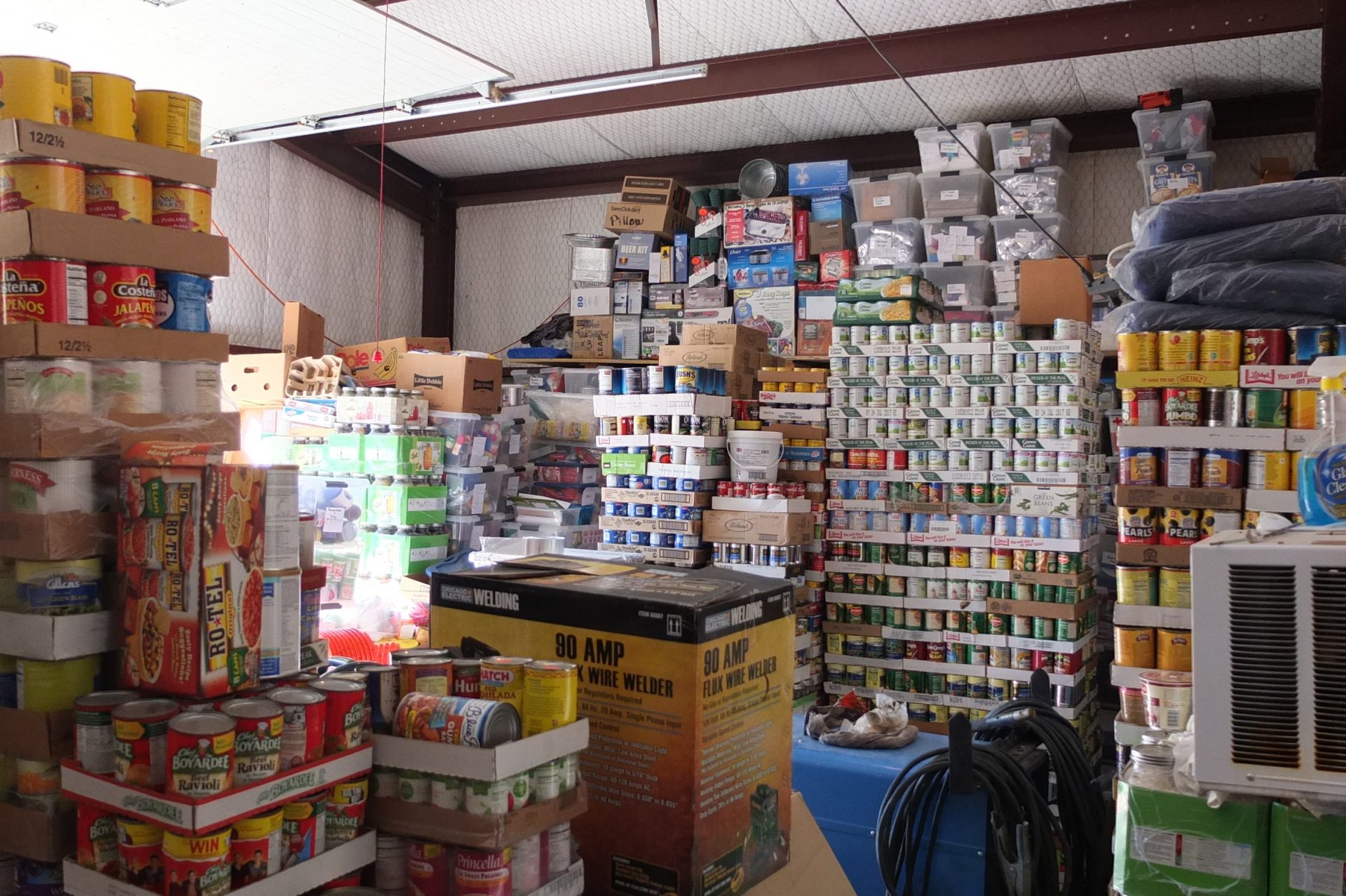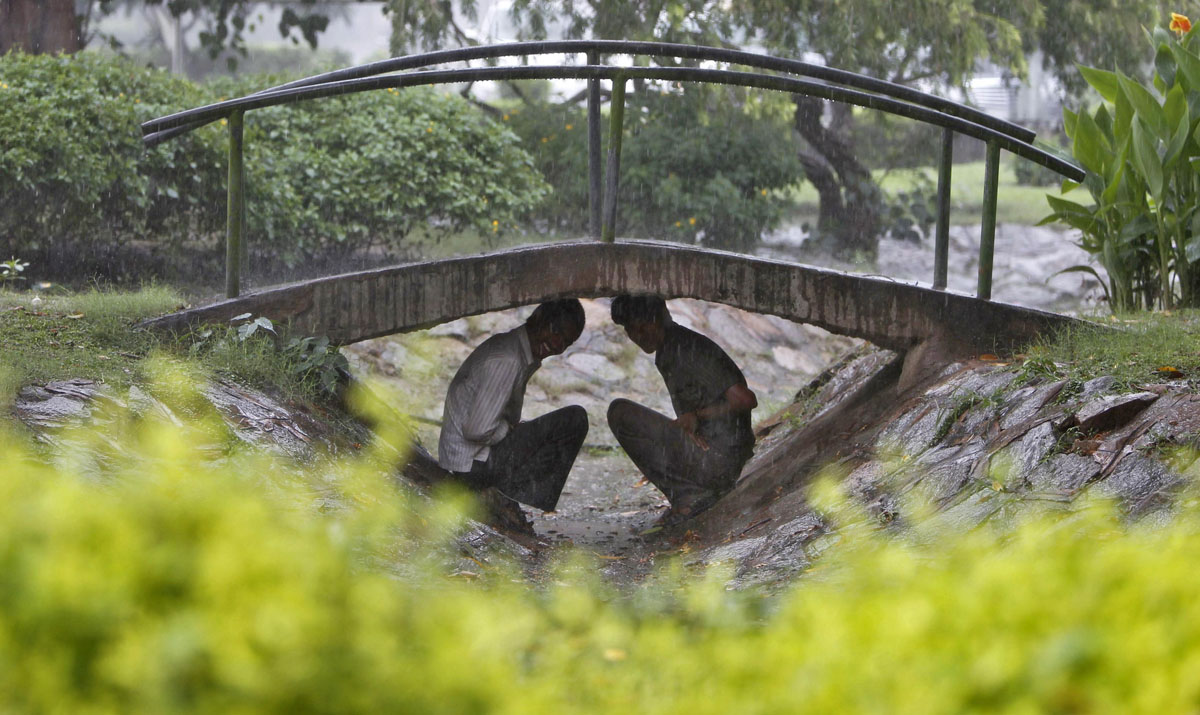Lost Book Of Remedies – Review
The Lost Book Of Remedies Review – Looking for a full review of The Lost Book Of Remedies? Does It Work? Find all about this The Lost Book Of Remedies Program by Claude Davis now!
Product Name: The Lost Book Of Remedies
Author Name: Claude Davis
Bonus: Yes
Official Website: CLICK HERE
The Lost Book Of Remedies Review:
Thanks to technology, luxury, and progress of the schedule, we are involved in our world that we completely forget to admire nature and all the good that it gives us. Even in difficult times and times of illness, we can go directly to doctors and professional, and voluntarily take costly treatment claim that harm our bodies more harm than good. These treatments can help you solve the problem on time, but they will not help you solve the problem completely.
So if you’re awestruck what options you’ll have to optimize your overall health, except for those expensive therapies, then nature is what you need. Yes, in nature there are hidden stones with herbs and herbs that many people do not know. And there is no better way to get to know all these great solutions than with this lost book on treatment. The Lost Book Of Remedies e-book is a great guide introducing you to the world of nature conservation. The Lost Book Of Remedies best thing about this book is that it was developed a few years later Claude Davis Research, which has all the wonderful medicines that have been used since antique times.
What is The Lost Book Of Remedies?
The Lost Book Of Remedies is a subversive e-book that suits one of the developer’s toolkits to survive the many benefits of herbs and natural ingredients that have been contacted to give a sense of security that your health is stored and protected from the crisis. Even you can grow a garden to grow effective herbs to save everyday life without spending time and money. The Lost Book Of Remedies e-book will guide you to the right path to ensure safety, shelter, water, food and all medications to save your life or your children at any time. The Lost Book Of Remedies guide describes plants grown in your garden. But you do not know the benefits of this plan, which can help you overcome important things. Sometimes it can replace antibiotic pills, reduce inflammation, stop bleeding, reduce arthritis, lower cholesterol, regulate blood sugar, overcome regressive brain diseases and much more.
 How does The Lost Book Of Remedies work?
How does The Lost Book Of Remedies work?
The Lost Book Of Remedies explains the use of natural elements such as angry Bear Paw, Bear Pelt log, beak One red powder, hawthorn or grape trees and more beneficial. In this guide, we show you how to grow step by step in a herb garden to solve health problems without leaving any symptoms. Here is a list of dominant anti-inflammatory plants that help heal wounds faster and effectively remove pain.
She noted that the required planting of cannabis plants with flowers that release strong antiviral properties, hidden in their roots, to overcome disease and disease. Get a chance to protect against infections caused by viruses such as influenza, herpes, hepatitis A, B, C, slowing down the causes and fighting all free profound.
 What will you learn from The Lost Book Of Remedies:
What will you learn from The Lost Book Of Remedies:
- Yes, the eBook has clear and consistent instructions that will help you create your own medications. All instructions in this book are easy to follow and can be easily created.
- Not many people know this, but using some herbs in your daily diet can make your health a miracle. A list of useful herbs that you can add to your daily recipe. The Lost Book Of Remedies book also contains a list of herbs that you can add to your daily recipes. Spices detoxify your body and protect it from viral and parasitic problems.
- Ways of maintaining health – in addition to solving problems related to health care eBook also offers ways to maintain health at regular intervals. All you need to do is use the herbs and medicines listed in the instructions.
Bonuses:
- Everyday Disaster Medicine Guidebook
- An Awesome 80 square feet SHTF Medicinal Garden
Pros:
- The Lost Book Of Remedies helps to balance health with natural ingredients and herbs to get a better result.
- You can quickly remove toxins with side effects from your body.
- The Lost Book Of Remedies is popular, available and there is no risk of using herbs and the mentioned ingredients.
- Indicated self-control methods have been well tested and clinically proven to solve the cause of the problems.
- The Lost Book Of Remedies e-book provides customer satisfaction guarantee options.
Cons:
- If you take action or avoid a statement, you can be sure that you will receive a delay to get a better result.
- Without an internet connection, you can not open this application because it is only available on the Internet.
Conclusion:
Overall, The Lost Book Of Remedies is highly recommended for all people. If you belong to people bored with these expensive medicines; then discard all useless things and use the natural gift given in the e-book The Lost Book Of Remedies. Of course, this is the right time to save lives and your loved ones, and The Lost Book Of Remedies is the best tool to eliminate the consequences of disasters or crisis. Many people already have access to this program and will be happy to recommend people to solve important problems. So do not miss this opportunity. Catch it before completing the offer.
>>>Click Here To Know More About The Lost Book Of Remedies<<<
The Lost Book Of Remedies Review – Looking for a full review of The Lost Book Of Remedies? Does It Work? Find all about this The Lost Book Of Remedies






